So, you've decided you want a pocket door. You're looking forward to replacing your swinging door with a door that saves space. Or maybe you're remodeling, and you know you want a pocket door for your new walk-in pantry or main bedroom.
Now, you have to figure out what size pocket door you need. And it isn't the same as a standard swinging door. But determining your pocket door size is actually simpler than you think. Here's how to measure for a pocket door, including sizing guidance for the door frame you'll need to go with it.
Before You Measure
Can pocket doors be installed anywhere?
The short answer is no. Since pocket doors are recessed into the wall, the wall you choose cannot have any plumbing or electrical wiring. It also can’t be a load-bearing wall. But pocket doors can work anywhere in the home as long as the wall is suitable. They are popular in narrow hallways because they save about 6 square feet of floor clearance compared to traditional swinging doors. Pocket doors are also popular in commercial applications like offices, retail stores, medical office buildings, and more.
Do you need a special door for a pocket door?
No! Any style of door can be a pocket door so long as it’s an appropriate thickness. Pocket doors are built just like any other door. They are just prepped for different hardware. Instead of having hinges, they have hangers that are attached to the top edge of the door.
Your pocket door can be virtually any size as long as it fits in the opening. But keep in mind that many pocket door hardware manufacturers have minimum and maximum sizes, or that not all accessories like soft stops will work with very large doors. You will need to know the rough opening of the door, which is the open space in the wall where your door goes, but without a door frame or casing.
What is the rough opening for a pocket door?
The rough opening for a pocket door is different than for a standard swinging door. This is because it includes both the pocket in the wall, and the opening in the wall where your door rests when it’s closed. To size up the rough opening, measure the width from stud to stud, and the height from the header down to the floor. Note that building codes often have minimum door width requirements, and this can influence the size of your door--and therefore your required rough opening size.
Here’s a quick equation for calculating what your pocket door rough opening should be, if you already know your door size.
Rough opening width = 2 x door width + 1 inch.
Rough opening height = door height + 4-1/2 inches.
How to measure for a single pocket door

Step 1: Start by determining how much space you have in the wall, going back to the stud. While many people opt for a standard 36” wide door opening, you may want your pocket door to be wider. But this only works if you have the same amount of space within the wall, inside the pocket where the door rests when opened. Once you have determined the desired width of the door slab, add at least one inch, or possibly two if your door is very large, to the total width.
For example: a 36” wide door opening requires a 37” wide pocket door.
Step 2: Calculate the height of the door. As a general rule, you’ll need to subtract 4 ½" from the rough opening height to calculate door height. This gives the kit enough clearance for the hangers, the track, and enough clearance on the bottom of the door for it to open and close without touching the floor.
For example: If your rough opening height is 84 ½" inches tall, your door would be 80” tall.
How to measure for bi-parting double pocket doors
All the same steps above apply—you will just need to quadruple your door width measurement. So if you want your doors to be 37” wide as above, here’s how to calculate the required rough opening width:
Rough opening width for bi-parting pocket doors: (Door width x 4) + 2 inches

Pocket Door Frames: What You Need to Know
The pocket door frame is just as important as the door itself. You need a door frame that supports seamless operation and won’t warp with time. Here are the two most common questions we get about pocket door frame kit sizing.

Can pocket door frames be cut down?
In most cases, yes. Our Cavity Sliders Pocket Door Frame Kitsets can be cut down on site. They're made from high quality extruded aluminum, making them more robust and structurally stable than wooden pocket door frames. The kit set comes with everything you need, including the frame, track, floor guide, and trolley hangers. Just add the door!
Are pocket door frames adjustable?
Our pocket door frames from Cavity Sliders are adjustable so you can ensure a precise, secure fit. We have two kits available: the Standard Kit, for doors up to 4’0” x 8’0”. And we have the Ultimate Kit, for doors up to5’0” x 10’0”.





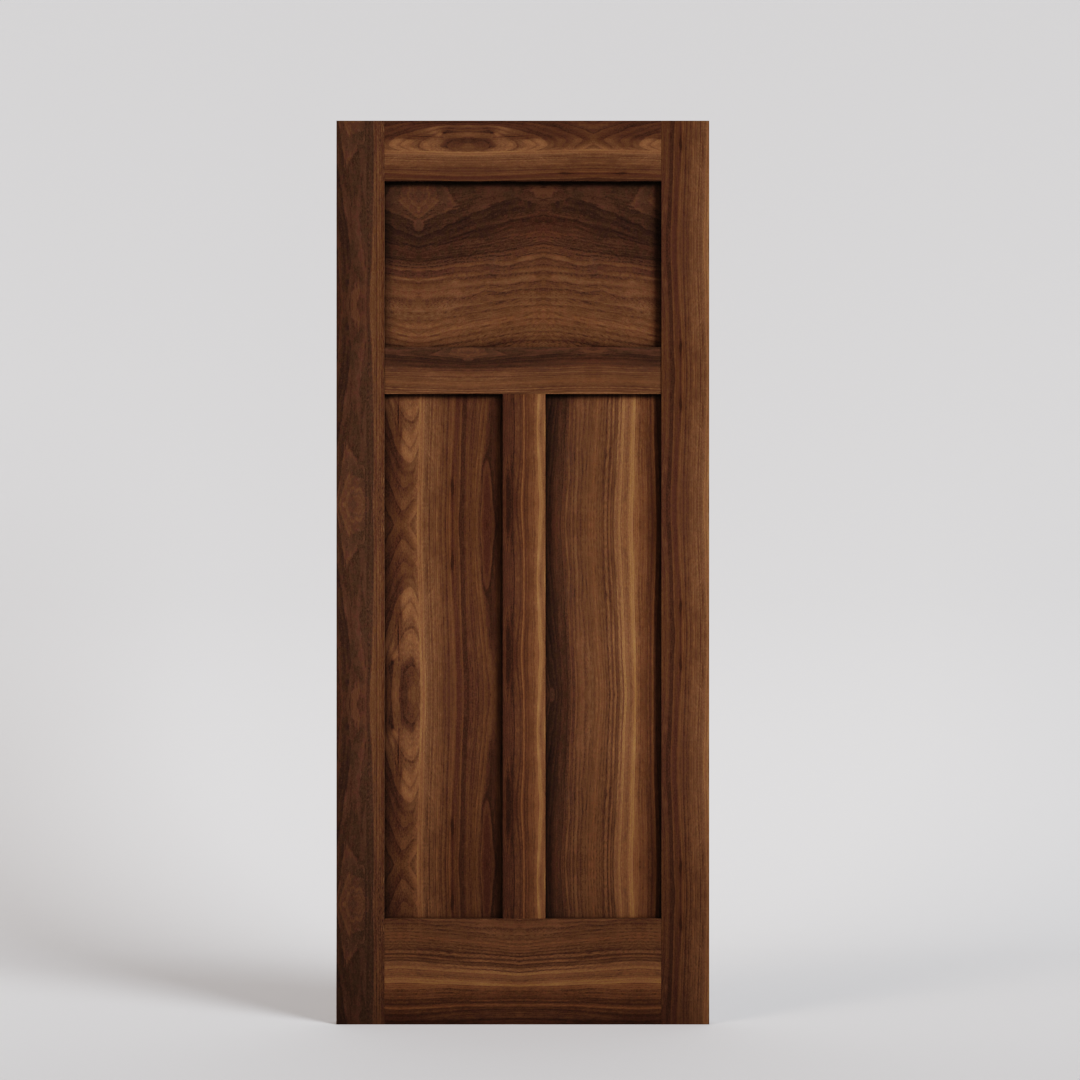
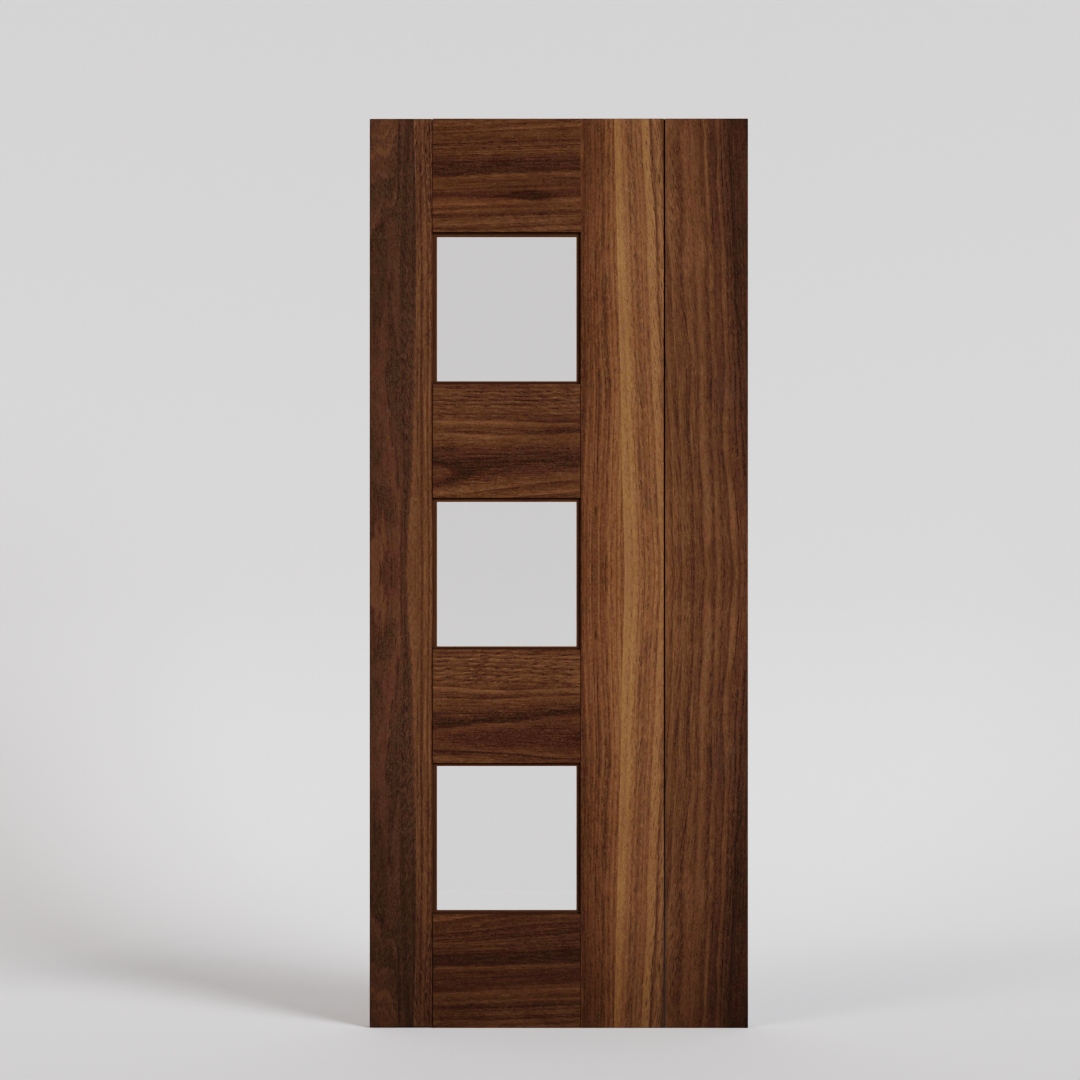
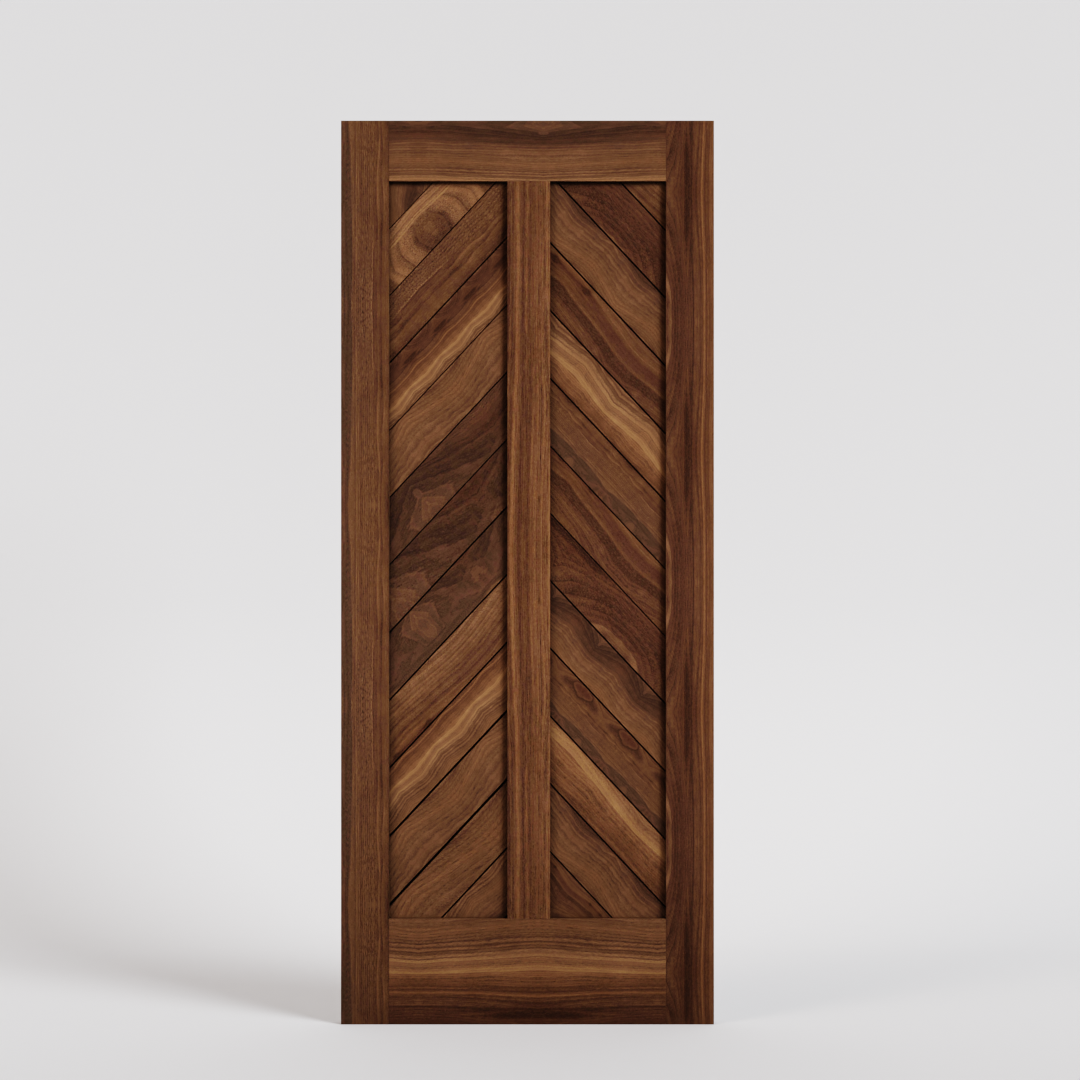


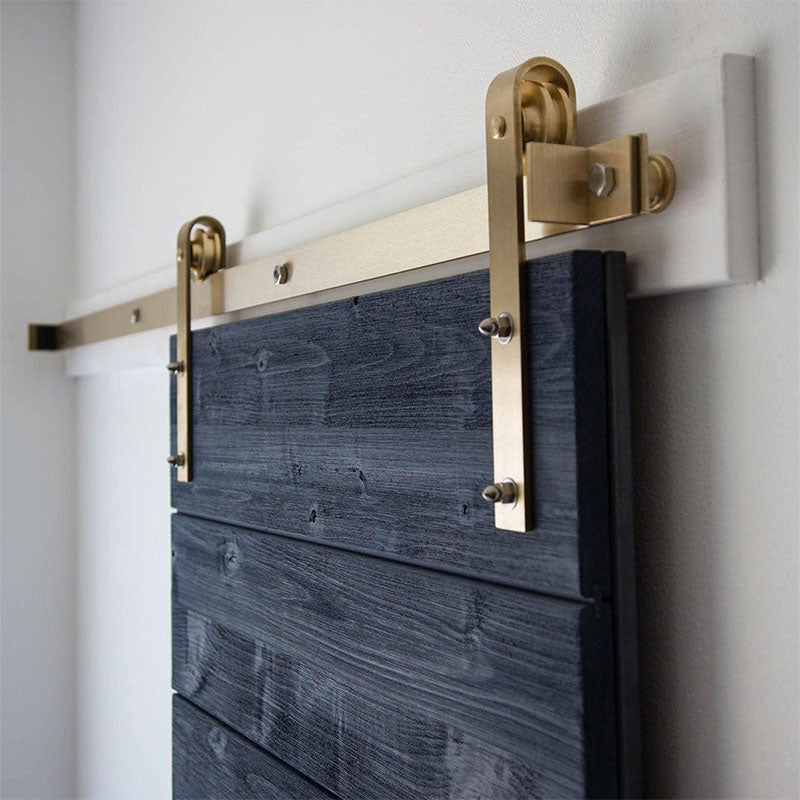
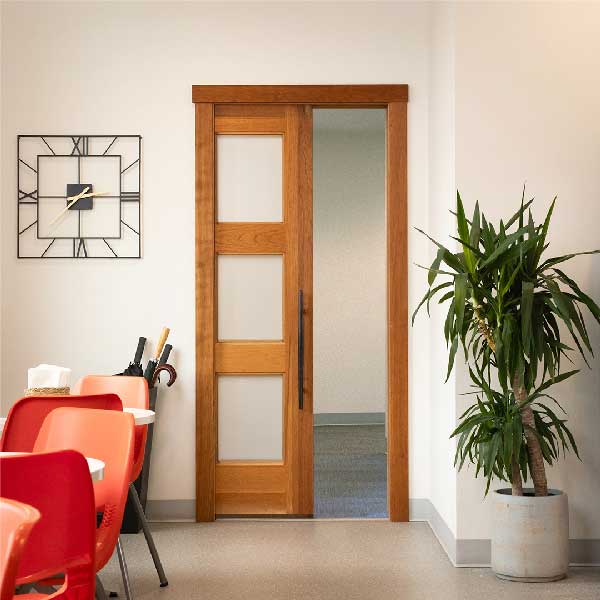
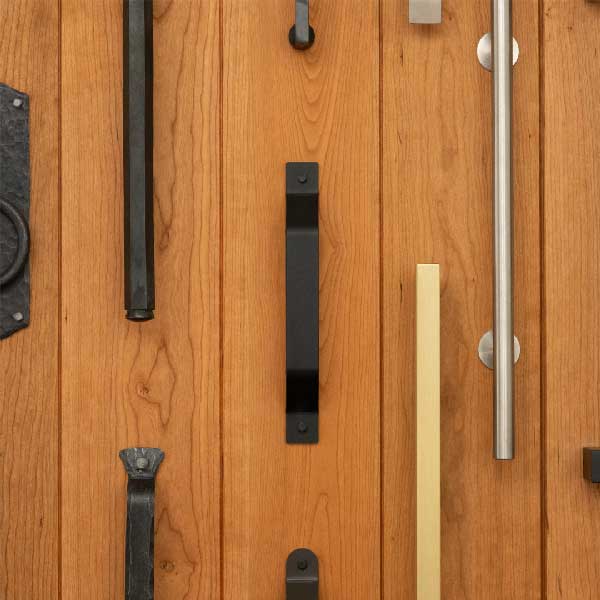
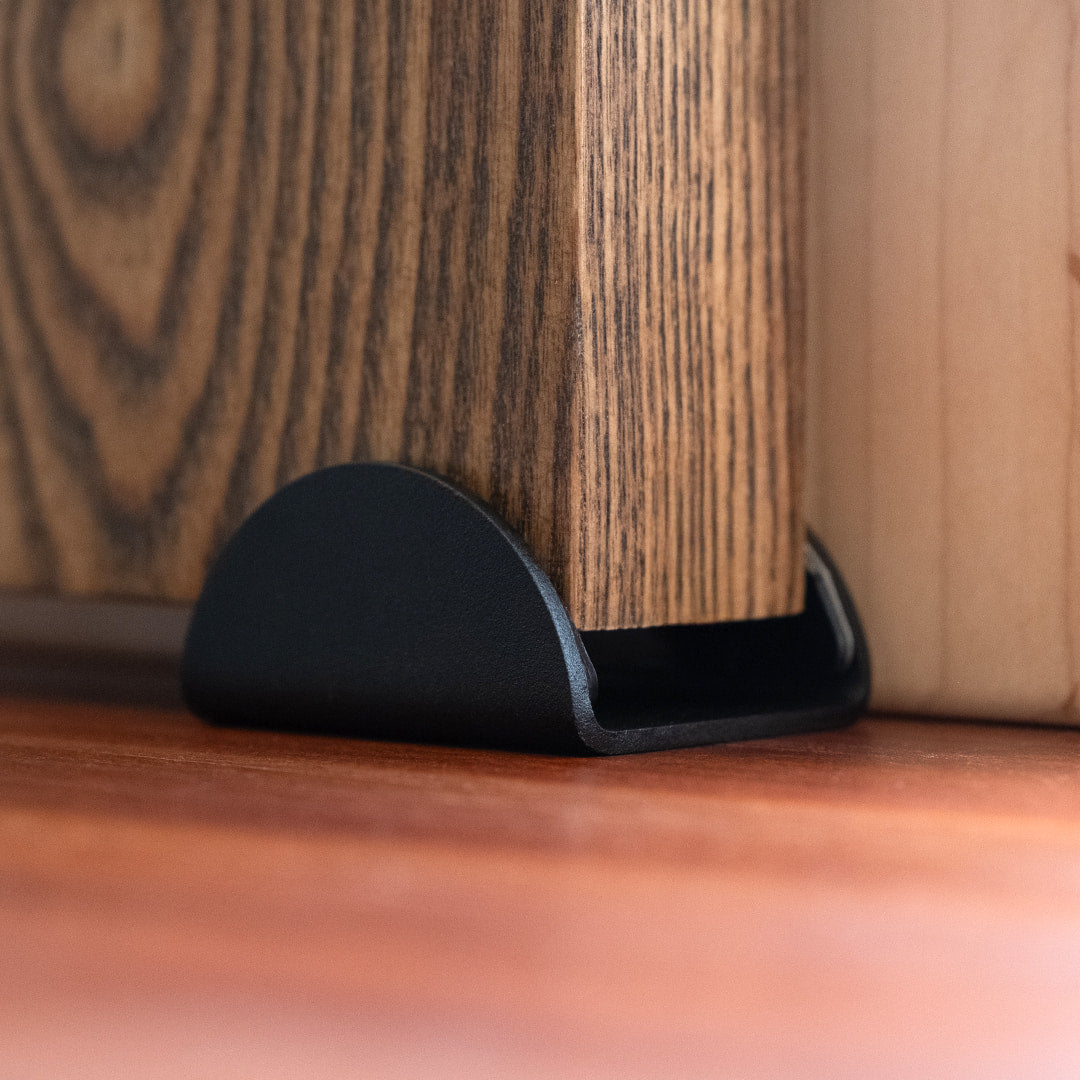
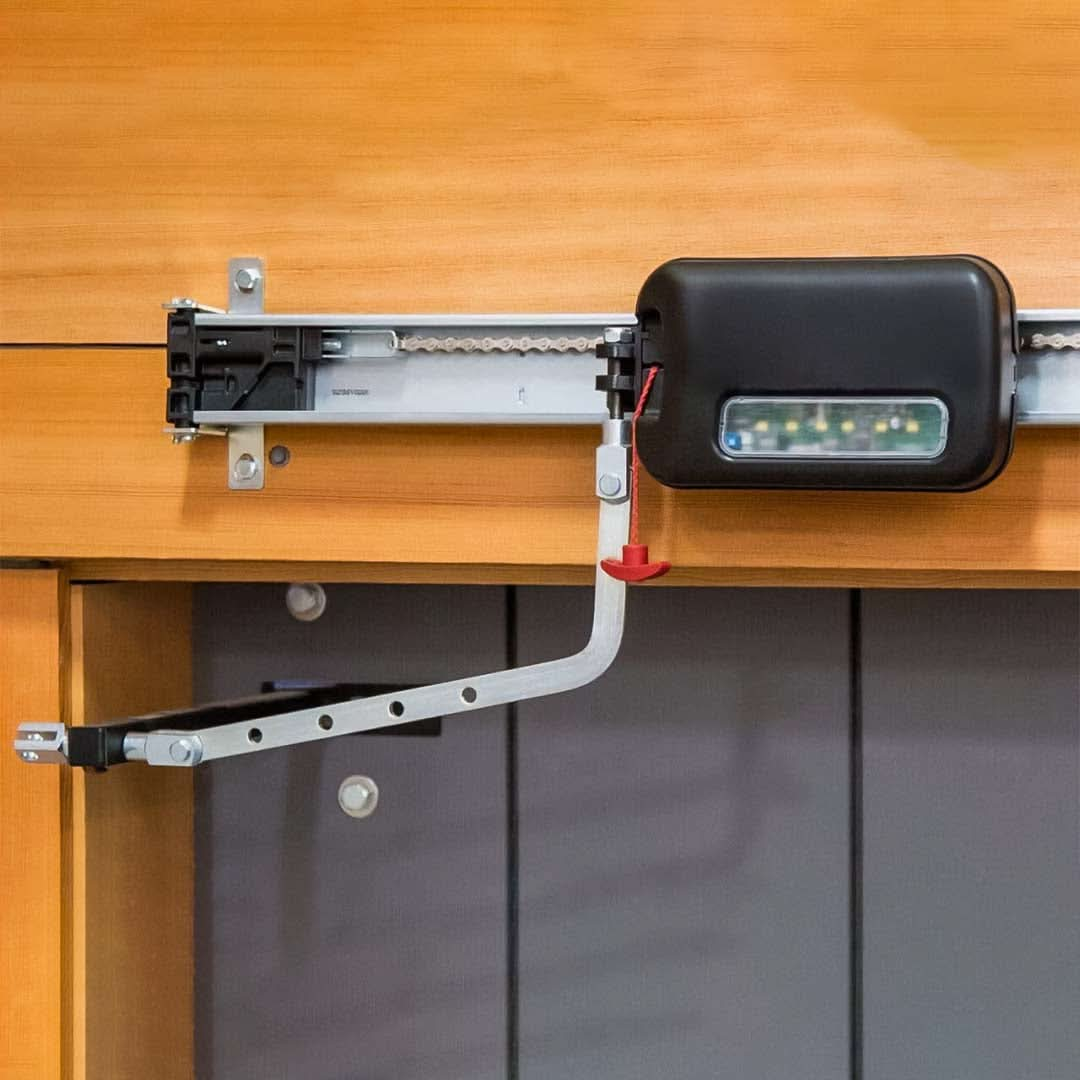






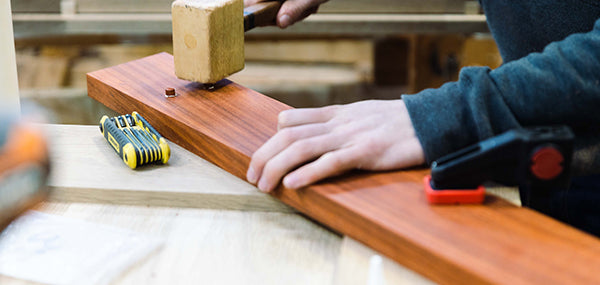

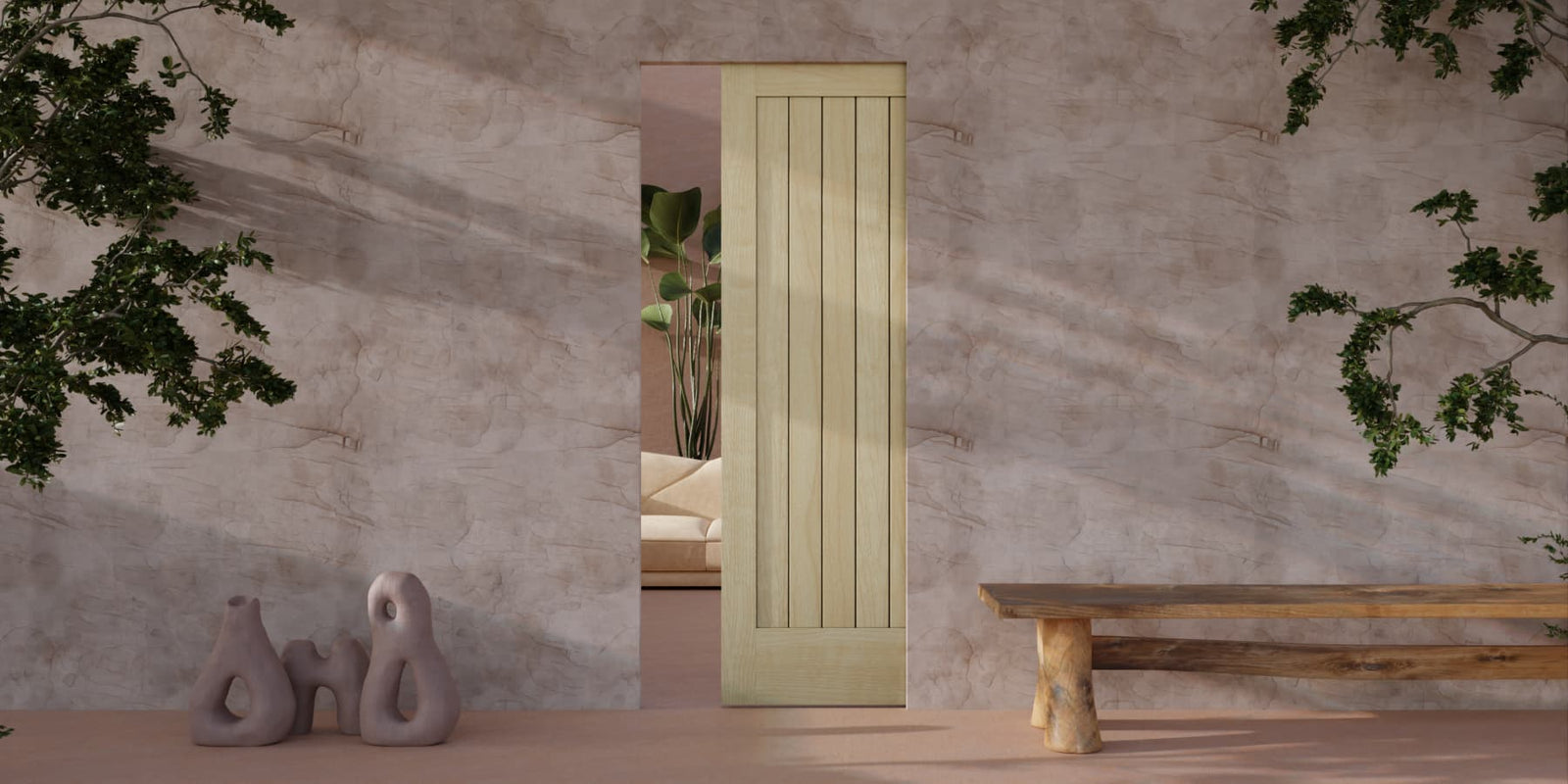
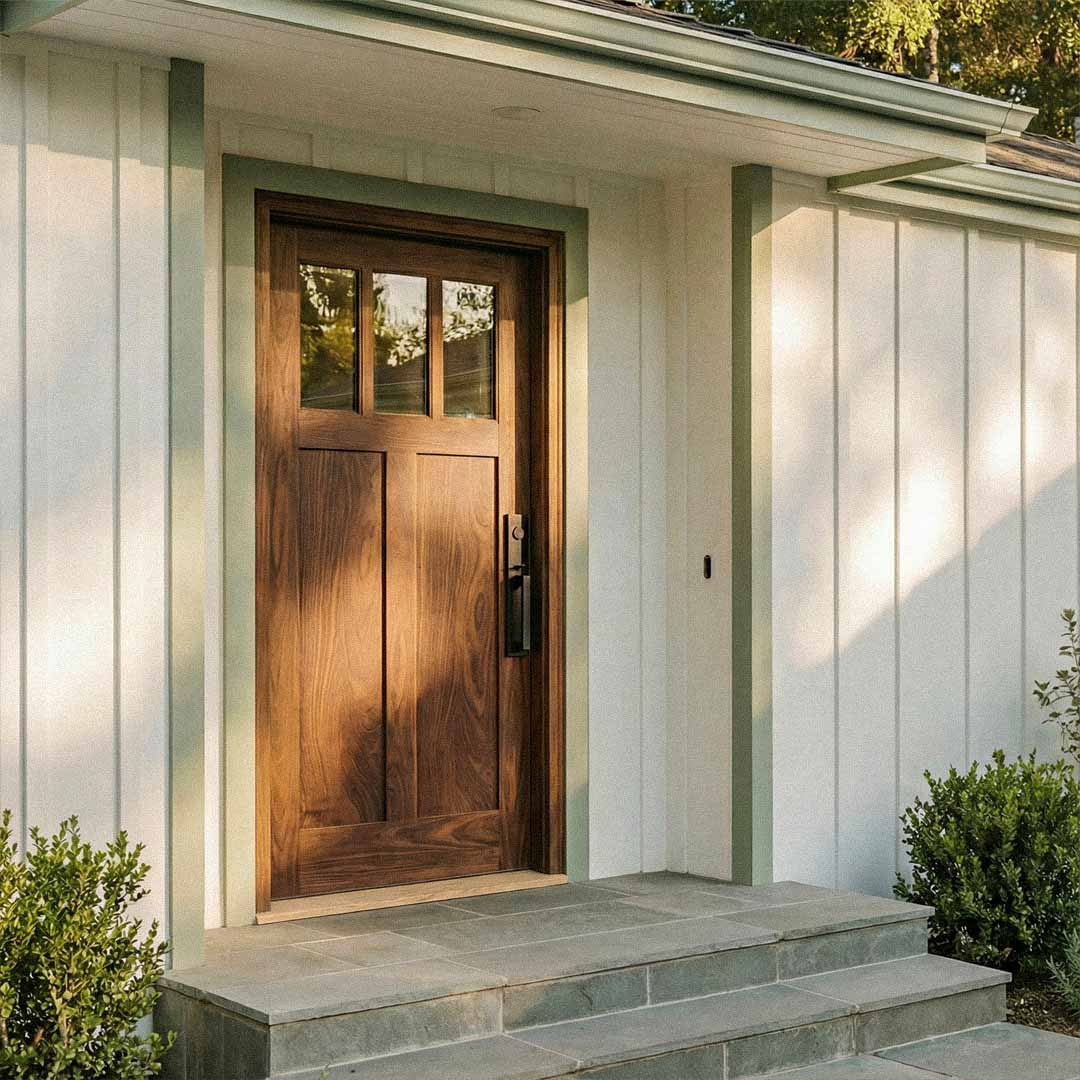
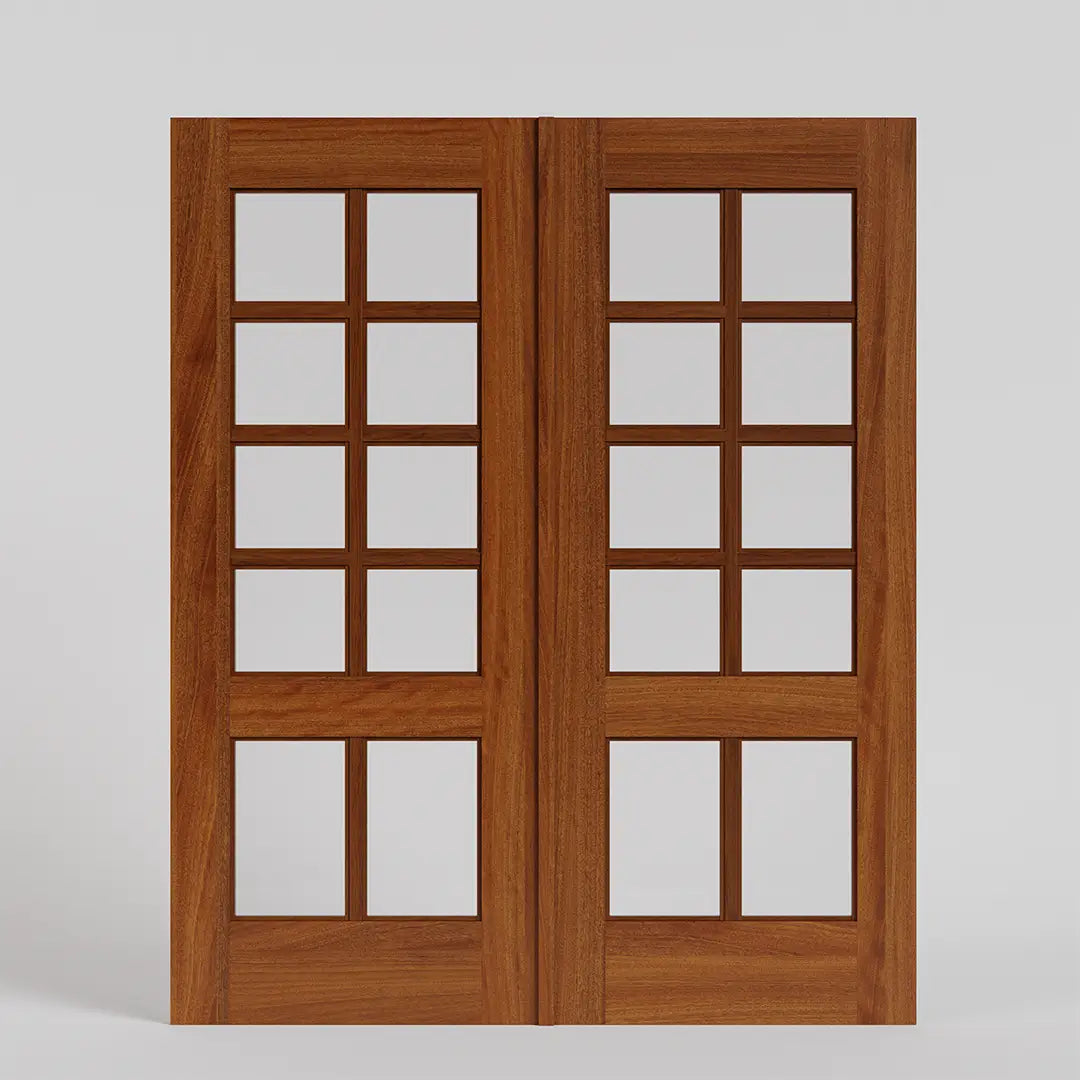
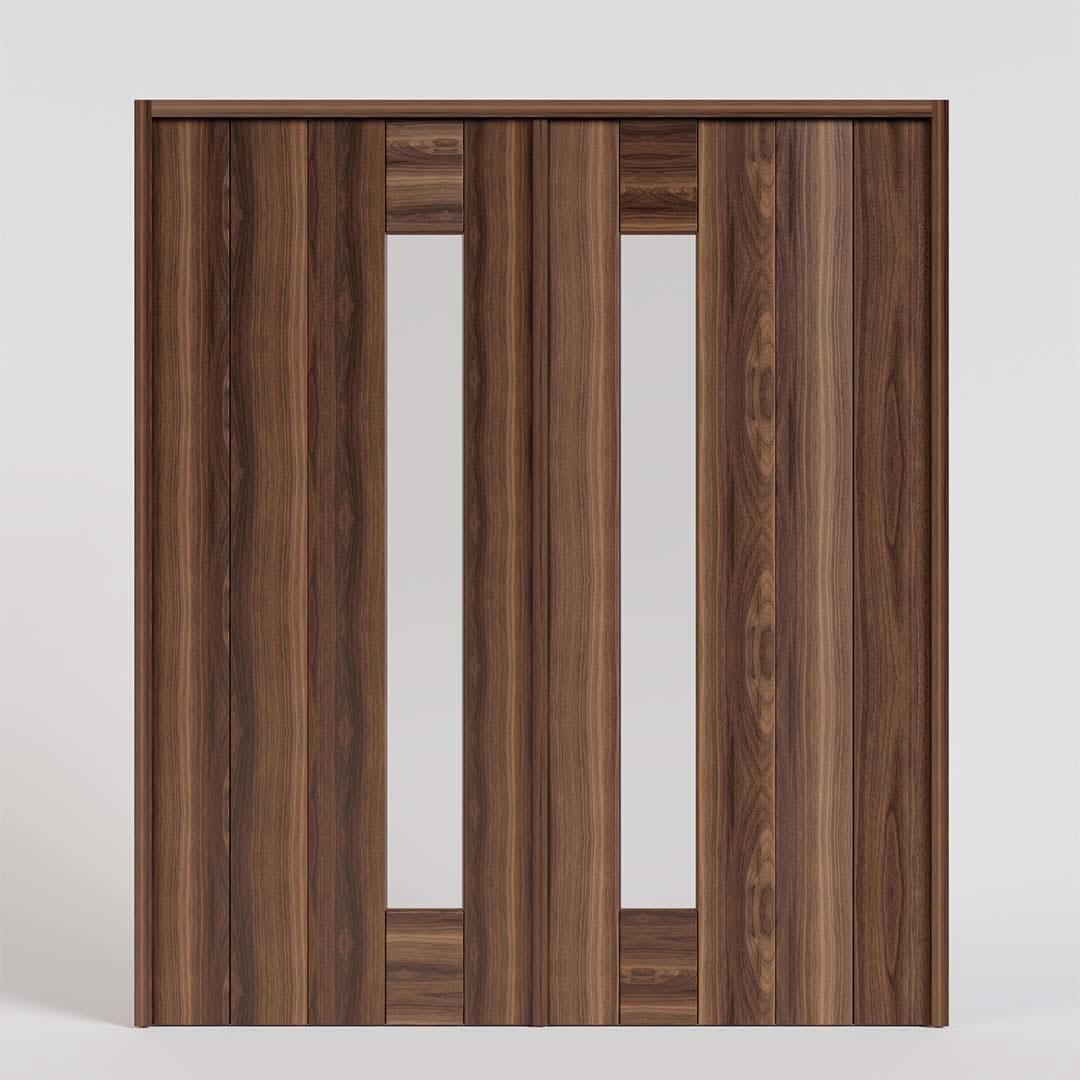
Leave a comment (all fields required)